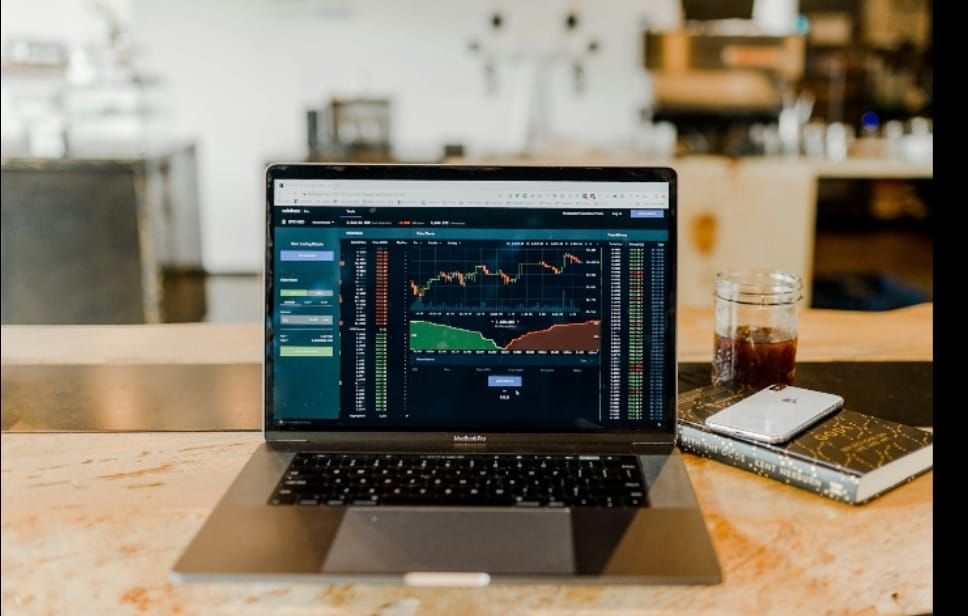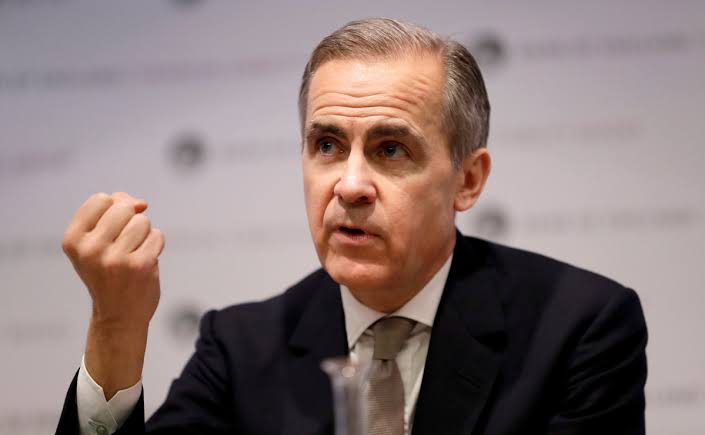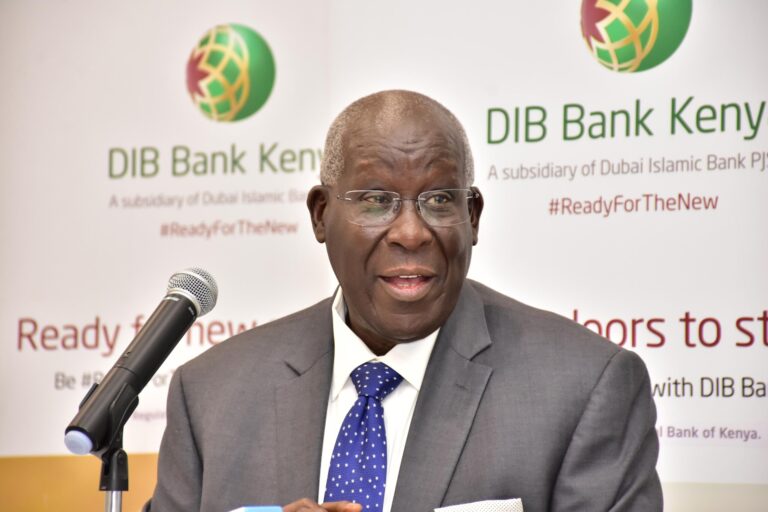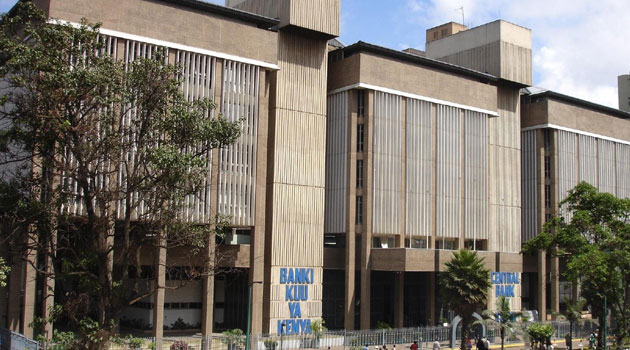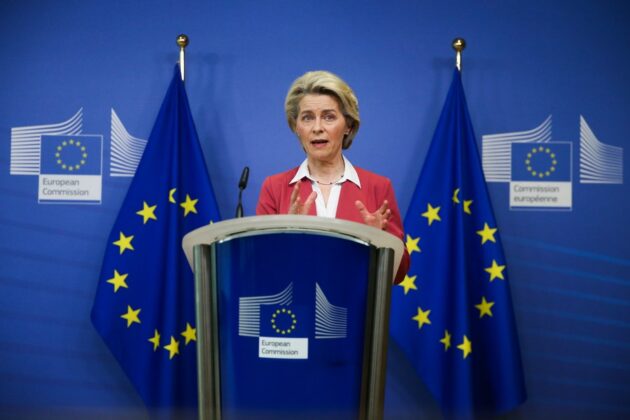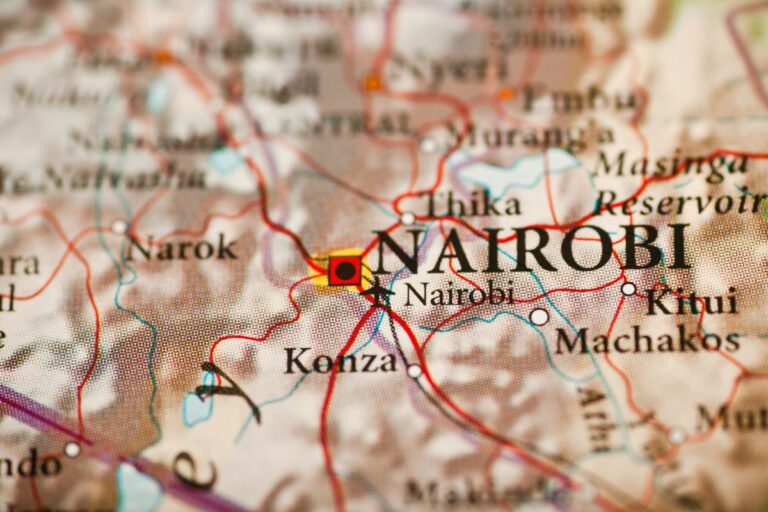Implementing High Level Risk Management Strategies in Kenya’s Forex Environment
NAIROBI, Kenya Mar 31 – In Kenya’s dynamic financial landscape, more investors are becoming intrigued by the opportunities offered by currency trading.
The allure of exchanging global currencies has grown significantly as internet penetration increases and individuals seek new avenues for financial growth.
Yet, as appealing as forex markets may be, they come with inherent risks. Implementing robust risk management strategies is essential for Kenyan traders who wish to safeguard their capital and lay the foundations for long-term profitability.
Understanding Kenya’s Forex Landscape
Kenya stands out in East Africa for its relatively developed and rapidly expanding financial markets.
The country’s regulatory framework, established by the Capital Markets Authority (CMA), plays a key role in ensuring integrity, transparency, and security in forex activities.
This level of oversight makes Kenya an attractive hub for international brokers and local traders alike.
However, simply having a regulated environment does not eliminate the risks associated with forex trading.
Volatility, sudden market changes, and fluctuations of the Kenyan shilling against major currencies such as the US dollar or euro can significantly impact traders’ positions.
In this context, protecting one’s investments involves more than just placing trades.
It calls for a thoughtful approach to risk management, where traders understand global economic trends while factoring in local economic conditions.
That means keeping an eye on inflation rates, economic data releases from Kenya’s National Treasury, and policy decisions by the Central Bank of Kenya (CBK).
A strategic approach to risk management can help traders harness opportunities without exposing themselves to unnecessary dangers.
Allocating Capital Wisely
Capital allocation is a vital aspect of successful risk management for Kenyan forex traders.
Instead of committing large sums to a single currency pair, traders should spread their capital across different trades to reduce their overall exposure.
By diversifying investments, it becomes less likely that a single market movement will significantly diminish one’s entire trading account.
Although it is tempting to invest heavily in pairs involving the Kenyan shilling, it is prudent to consider other major and minor pairs.
This diversified approach helps balance potential gains and losses, creating a more stable long-term growth trajectory.
Moreover, it is important for traders to evaluate their risk tolerance honestly.
Understanding personal financial goals, timeframes, and the amount one can afford to lose will inform decisions on position sizing.
Overextending one’s capital on risky trades often leads to emotional decision-making and inconsistent results.
By responsibly allocating capital, traders minimize panic-driven trades and maintain clarity in market analysis.
Setting Realistic Objectives
Setting realistic goals is another cornerstone of managing risk effectively.
Kenyan traders, like their counterparts worldwide, can be swayed by success stories that promise huge returns overnight.
However, chasing unrealistic gains often leads to taking on excessive risks.
By establishing clear, achievable targets, traders can focus on consistent performance rather than fleeting high-reward opportunities that might wipe out their accounts.
Realistic objectives also involve learning from smaller trades before scaling up.
Many successful forex traders in Kenya begin with modest investments, refining their risk management techniques and trading strategies on a smaller scale.
Over time, as they gain confidence and experience, they adjust their targets and the size of their trades, reducing mistakes that arise from inexperience.
This incremental approach is particularly beneficial in a forex market as volatile as Kenya’s, where news and events can cause significant fluctuations.
Using Stop-Loss Orders and Other Protective Measures
Stop-loss orders are among the most effective tools Kenyan forex traders can use to manage risk.
These orders automatically close a trade when the market moves against the position by a specified amount.
By employing stop-loss orders, traders avoid large losses and maintain a disciplined approach.
This is especially important in an emerging market context like Kenya, where unexpected events—political statements, economic announcements, or regional developments—can rapidly shift currency valuations.
Traders may also consider using limit orders, which lock in profits when the market reaches a predetermined level.
By planning for both favorable and unfavorable market moves, traders can ensure that their positions are managed even when they are not actively monitoring their trades.
Such automated triggers can instill discipline and keep emotions out of decision-making.
Adapting to Local and Global Influences
Kenya’s forex market is influenced by a combination of local and global factors.
Changes in government policies, infrastructure projects, or shifts in regional trade agreements can all affect the Kenyan shilling’s strength.
On the global front, events such as changes in interest rates by the US Federal Reserve or the European Central Bank can lead to a ripple effect across emerging markets, including Kenya’s.
Staying informed about both domestic and global developments is therefore critical.
Kenyan forex traders should routinely monitor local economic indicators, such as inflation rates and foreign direct investment inflows, while keeping an eye on worldwide trends.
The marriage of local and international perspectives allows traders to anticipate possible fluctuations and position themselves accordingly.
This balanced outlook is central to a risk management approach that combines best practices from around the world with Kenya-specific knowledge.
Continuous Education and Strategy Refinement
Risk management in the forex market is a continuous process.
Market conditions evolve, new technological tools emerge, and economic policies shift.
Successful Kenyan traders invest time in staying updated through webinars, local forex forums, or workshops conducted by financial institutions.
By refining their strategies and adapting them to prevailing market conditions, they ensure they remain competitive and well-protected against unforeseen changes.
Continuous education also involves evaluating one’s trading performance.
This means regularly reviewing past trades, identifying errors in judgement, and acknowledging moments of success.
Whether using journal entries, trading software, or mentorship opportunities, self-assessment is essential.
It provides valuable insights into areas of strength and weakness, enabling traders to adjust their tactics and remain resilient in a market that is both dynamic and potentially rewarding.
Implementing high level risk management strategies in Kenya’s forex environment is more than a mere tactic—it is a necessity for long-term success.
From carefully allocating capital to using automated stop-loss orders and staying informed about both local and global developments, Kenyan traders have a variety of tools at their disposal.
By combining disciplined strategies with realistic objectives, individuals in Kenya can navigate the complexity of forex markets and derive consistent value from each trade.
This thoughtful approach not only protects investments but also enhances the trader’s capacity to capitalize on new opportunities as they arise.

